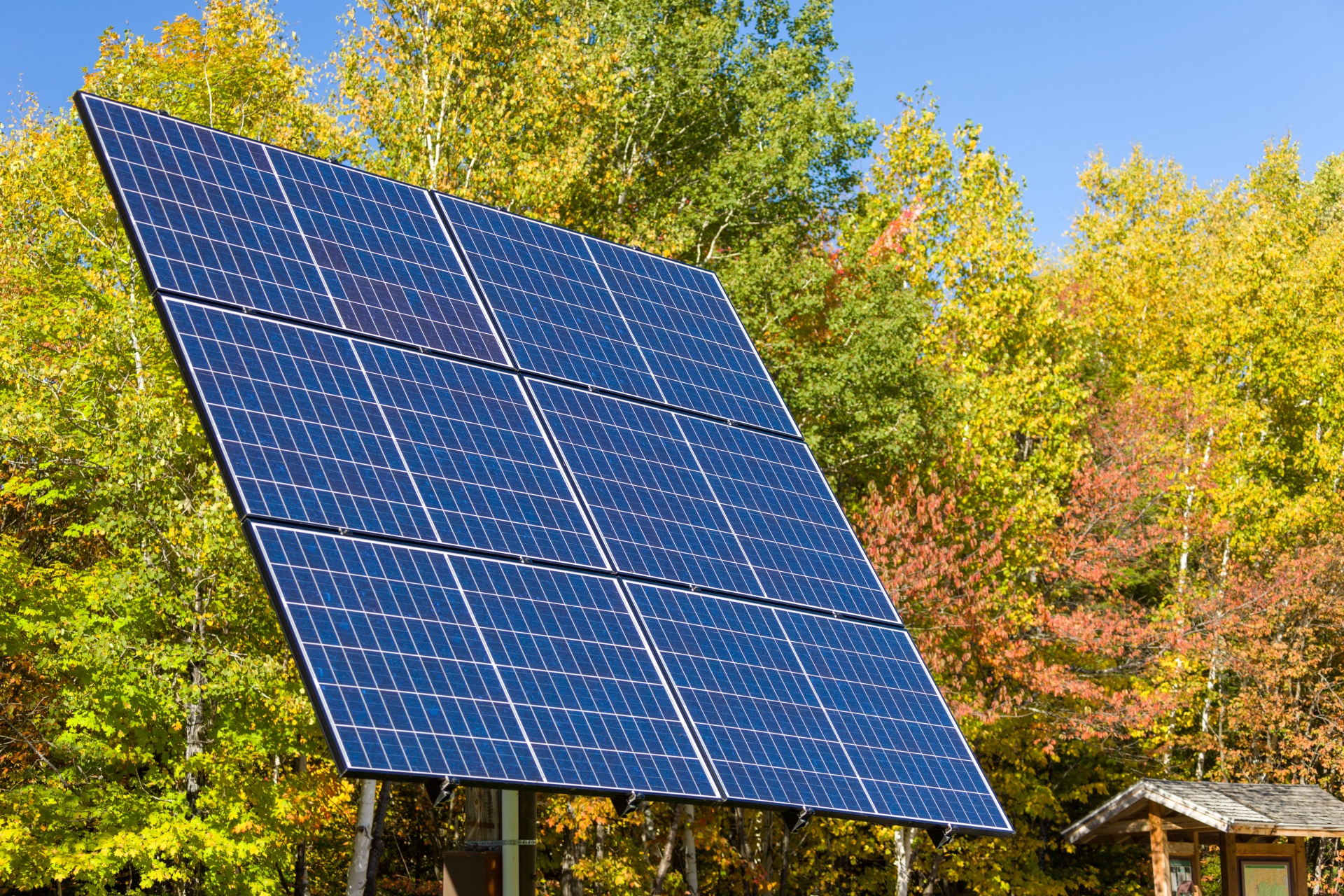Renewable Energy

AFRICA
With abundant renewable energy sources such as solar, hydro, wind, and geothermal, the African continent stands to benefit greatly from the improvement and the falling costs of these energy sources. Increasing integration of intermittent renewable sources such as solar, wind, and hydroelectric power pose challenges related to their lower power factor, their matchability with the demand curves of African Electric Utilities, and their integration with conventional power plants. Despite these challenges, renewable energy sources will play an increasing role in Africa.
AMERICA
Renewable energy sources account for an increasing share of US power generation, with hydroelectric power in the lead , followed by wind and solar, with variations from state to state. Research and development efforts continue, specifically as they relate to energy storage, and to the performance of wind turbines and solar panels. California, Colorado, Texas, and Florida have significant renewable energy penetration goals. The United States will continue to be a source of innovative technologies in this sector for Africa and the rest of the world.
Wind
The sun's heat also drives the winds, whose energy is captured with wind turbines. The Earth's rotation also contributes to the winds, particularly through the Coriolis effect.
Geothermal
Not all renewable energy resources come from the sun. Geothermal energy taps the Earth's internal heat for a variety of uses, including electric power production and the heating and cooling of buildings.
Hydropower
Flowing water creates energy that can be captured and turned into electricity. Visit the U.S. Department of Energy's Water Power Program for more information

Solar
Most renewable energy comes either directly or indirectly from the sun. Sunlight, or solar energy, can be used directly for heating and lighting homes and other buildings, for generating electricity, and for hot water heating, solar cooling, and a variety of other commercial and industrial uses.
Biomass
Along with the rain and snow, sunlight causes plants to grow. The organic matter that makes up those plants is known as biomass. Biomass can be used to produce electricity, transportation fuels, or chemicals. The use of biomass for any of these purposes is called biomass energy.
Hydrogen
Hydrogen can be found in many organic compounds, as well as in water. It's the most abundant element on the Earth. Because energy is always needed to produce hydrogen, it is not an energy source, but it provides a way to store and transport energy, so it is referred to as an energy carrier.
Ocean
The ocean can produce thermal energy from the sun's heat, and mechanical energy from the tides and waves. See the U.S. Department of Energy's Energy Savers for basic information on ocean energy. This methodology is high potential, promising, and futuristic.
